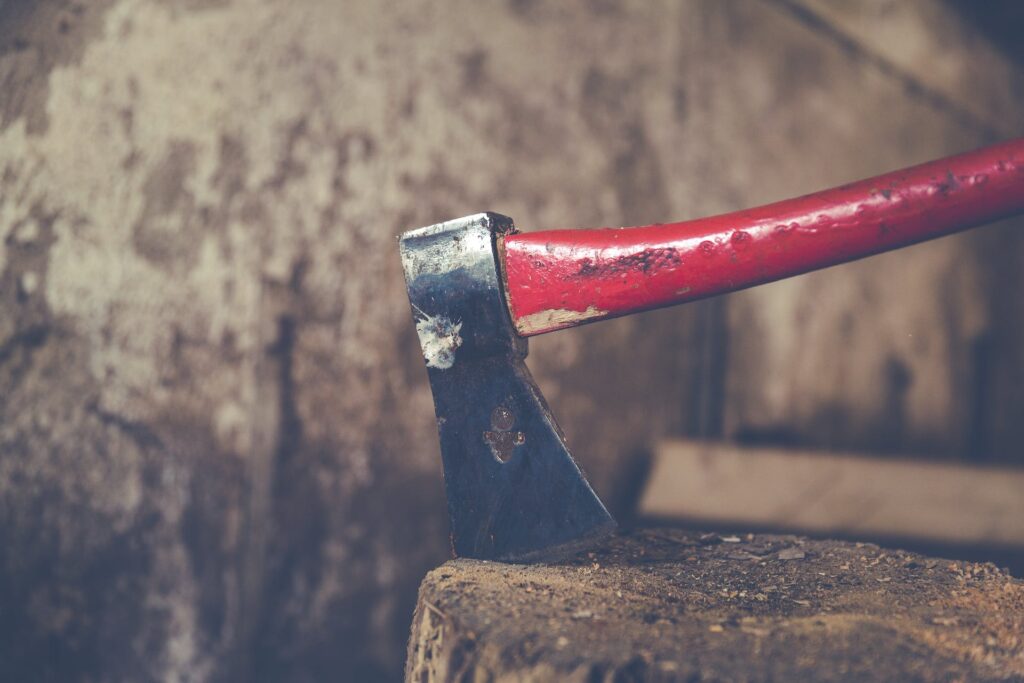How to Recognize and Prevent Tree Hazards on Your Property
Trees are not just aesthetic additions to our properties; they provide shade, increase property value, and contribute to a healthier environment. However, as beautiful and beneficial as trees can be, they also pose potential hazards. Recognizing and preventing tree hazards on your property is crucial for the safety of your family, neighbors, and the structural integrity of your home. In this guide, we’ll explore how to identify tree hazards and implement preventive measures to ensure a secure environment.

Identifying Tree Hazards
- Leaning Trees: One of the most visible signs of a potential hazard is a tree that leans more than it did before. Leaning trees may indicate root issues, soil instability, or weakening of the trunk. Regularly inspect trees for any noticeable changes in their posture.
- Cracks or Cavities: Inspect the trunk and major branches for cracks, splits, or cavities. These structural weaknesses can compromise the tree’s stability, making it susceptible to breakage, especially during severe weather conditions.
- Dead or Hanging Branches: Dead or hanging branches are significant hazards. They can fall unexpectedly, posing a danger to people, pets, and property. Regularly prune dead or damaged branches to minimize the risk of accidents.
- Root Problems: Root issues are often hidden but can lead to serious problems. Look for signs like heaving soil, exposed roots, or a noticeable lean in the tree. Compacted soil, construction damage, or diseases can all contribute to root problems.
- Fungal Growth: Fungi growing at the base of the tree or on the trunk can indicate internal decay. Mushrooms, conks, or other fungal structures are clear indicators of a compromised tree structure. Consult with an arborist if you notice any signs of fungal growth.
Preventing Tree Hazards
- Regular Inspections: Conduct regular inspections of your property, paying special attention to trees. Look for signs of distress, disease, or any visible changes in their structure. Early detection can prevent potential hazards from escalating.
- Pruning and Trimming: Regular pruning and trimming help maintain the health and structure of trees. Remove dead or weak branches, reducing the risk of breakage during storms. Proper pruning also improves air circulation, minimizing the chances of disease.
- Soil Care: Healthy soil is vital for the well-being of your trees. Avoid soil compaction, especially around the tree’s root zone. Mulching can help retain moisture and regulate soil temperature. Ensure proper watering and avoid excessive excavation or construction near the tree’s base.
- Professional Arborist Consultation: When in doubt, consult with a certified arborist. These professionals can assess the health of your trees, identify potential hazards, and recommend appropriate actions. Regular arborist inspections are particularly crucial for older trees or those located near structures.
- Addressing Diseases Promptly: Trees are susceptible to various diseases, which can compromise their structural integrity. Keep an eye out for signs of disease, such as wilting, discoloration, or abnormal growth. Promptly address any issues to prevent the disease from spreading and weakening the tree.
- Storm Preparation: If you live in an area prone to storms, take proactive measures to protect your trees. Prune branches that could become projectiles in high winds, and consider installing cables or braces for additional support.
Conclusion
Maintaining the health and safety of trees on your property requires vigilance and proactive measures. By regularly inspecting your trees, addressing potential hazards promptly, and seeking professional advice when needed, you can create a safer environment for your family and protect the value and beauty that well-maintained trees bring to your property.
